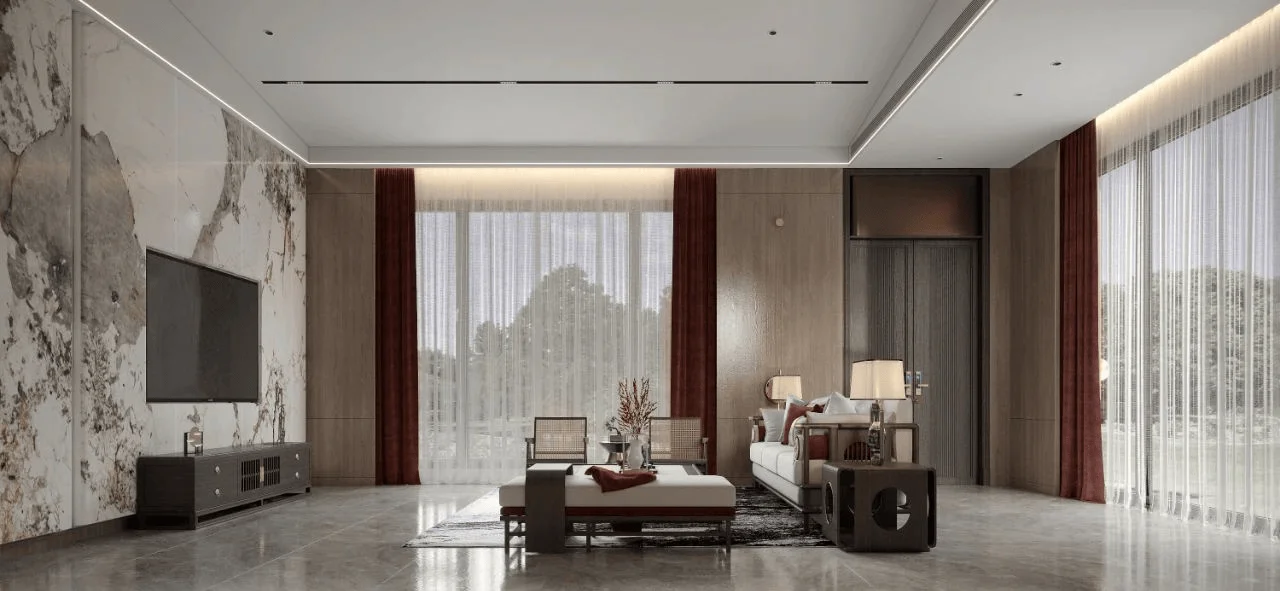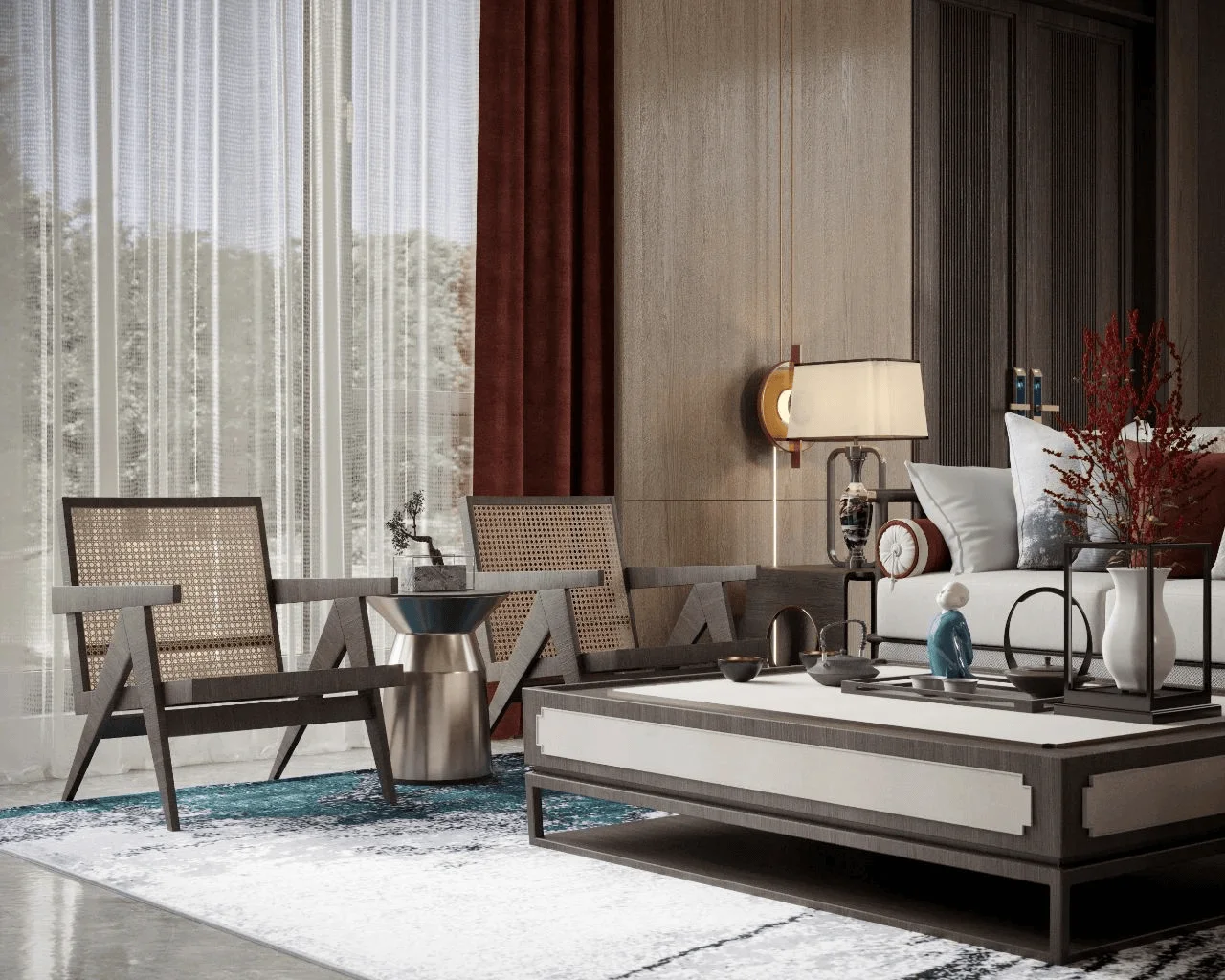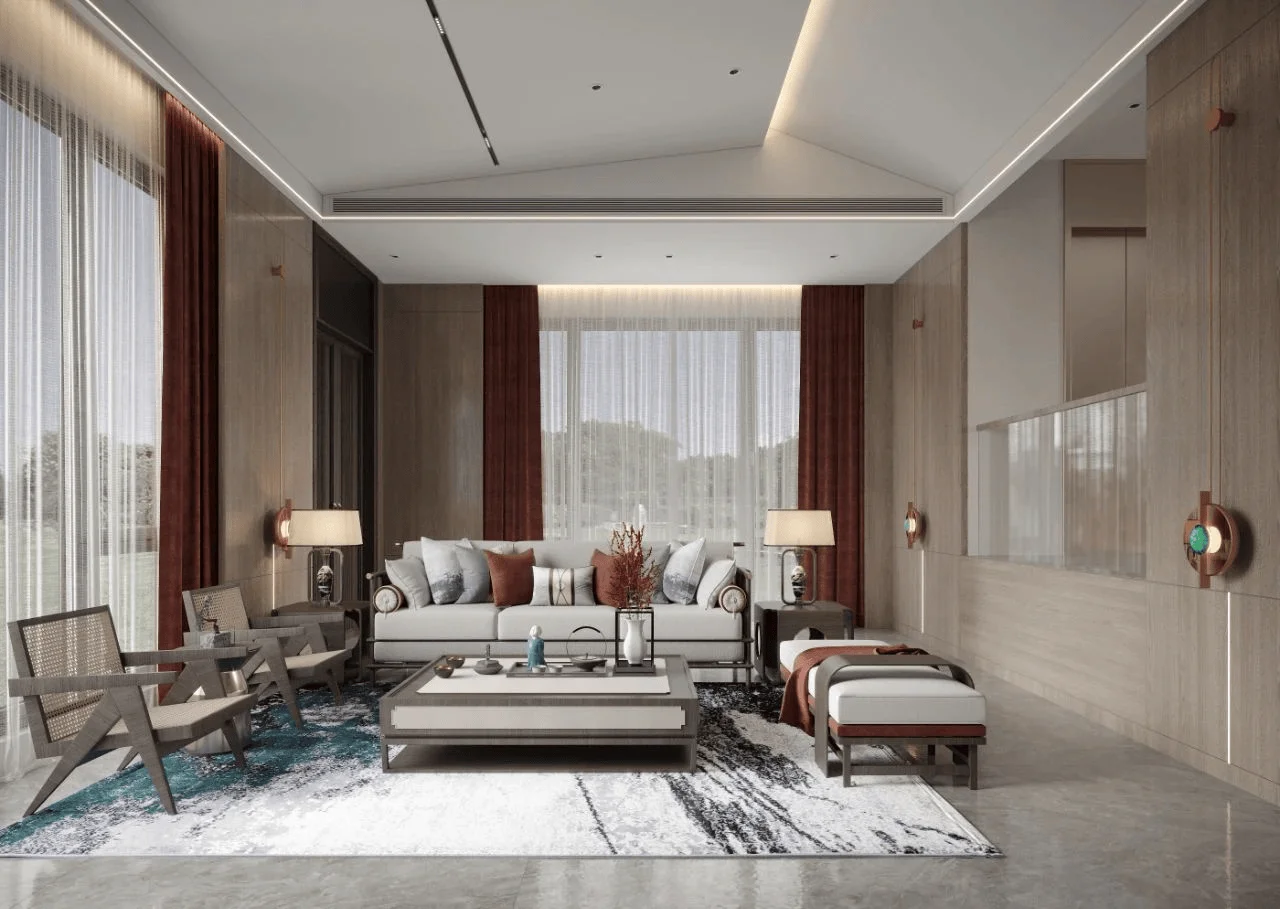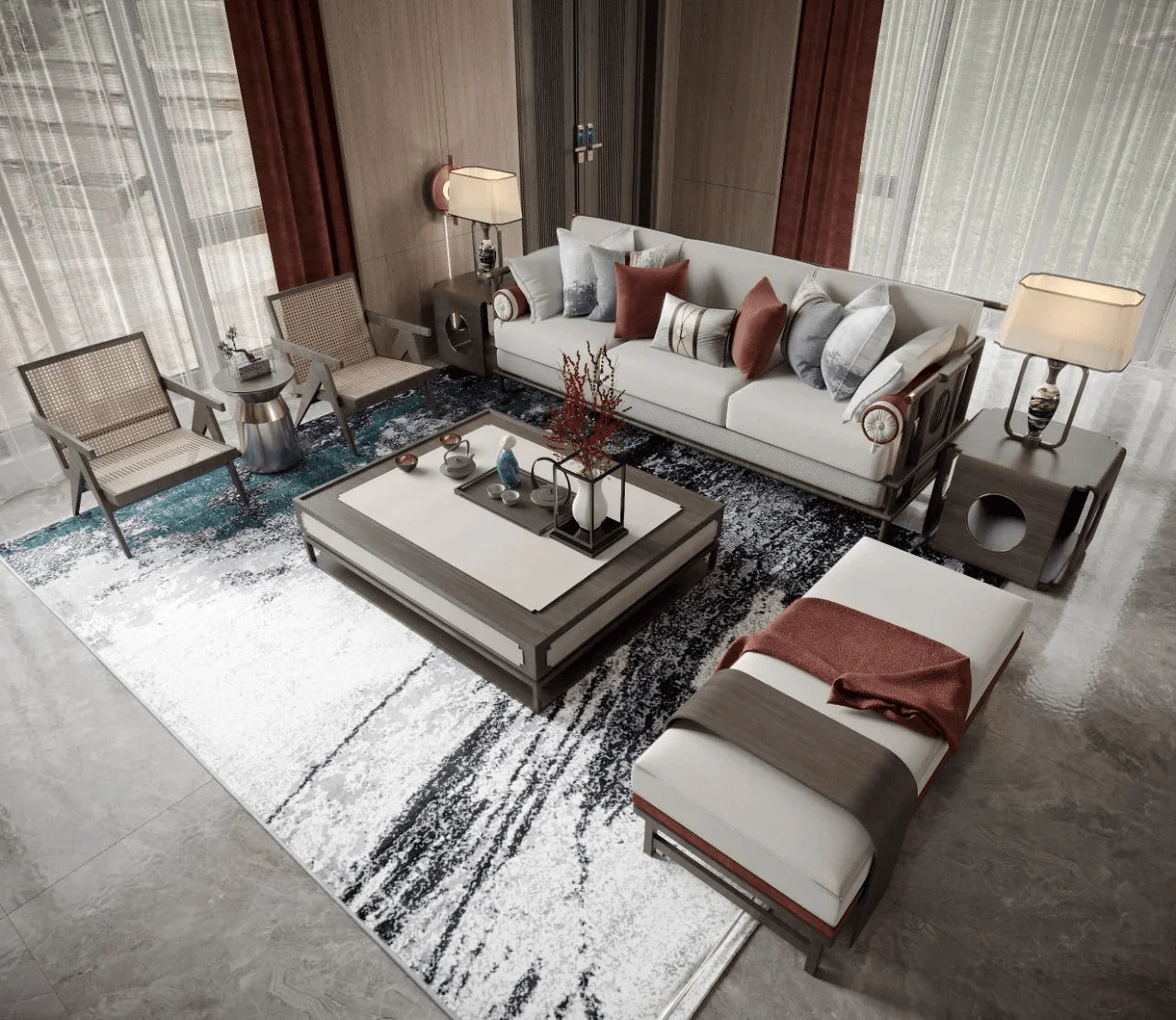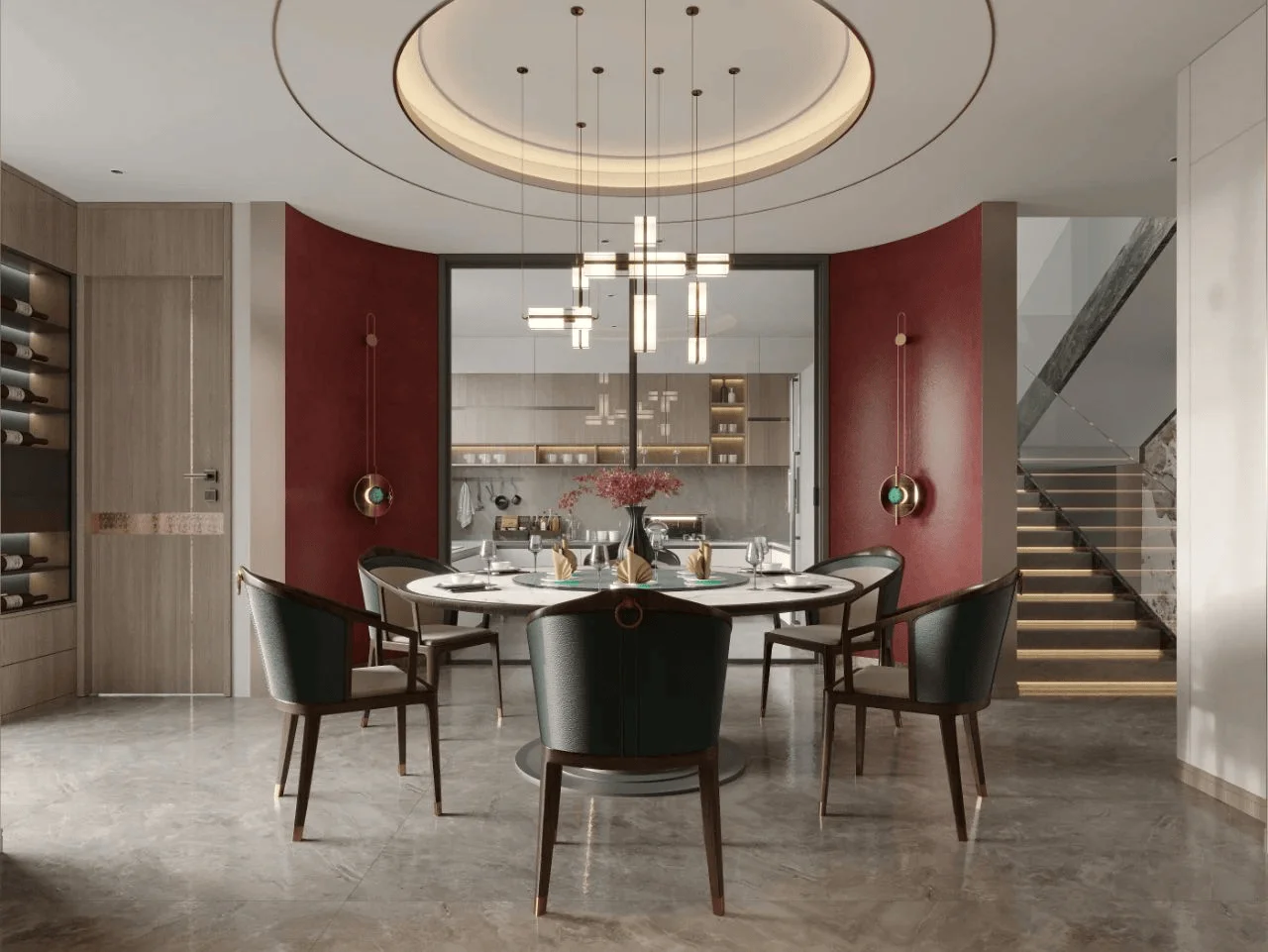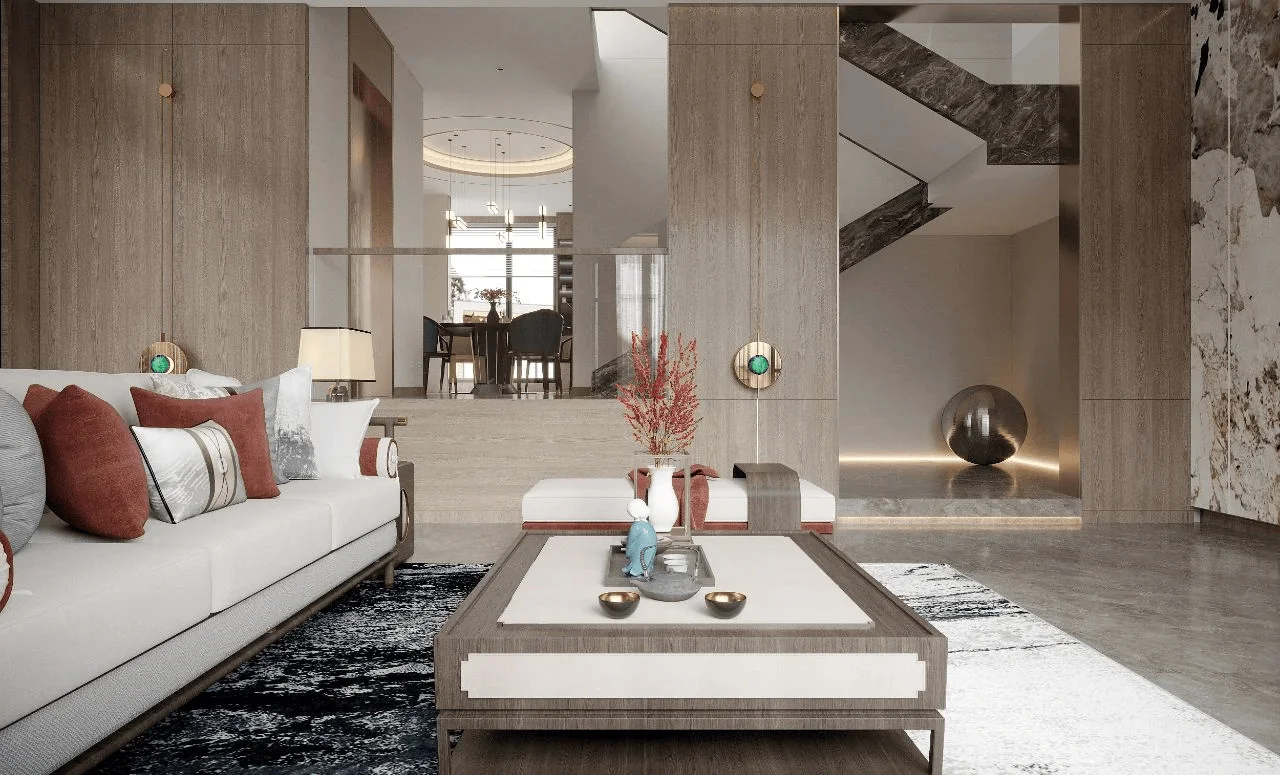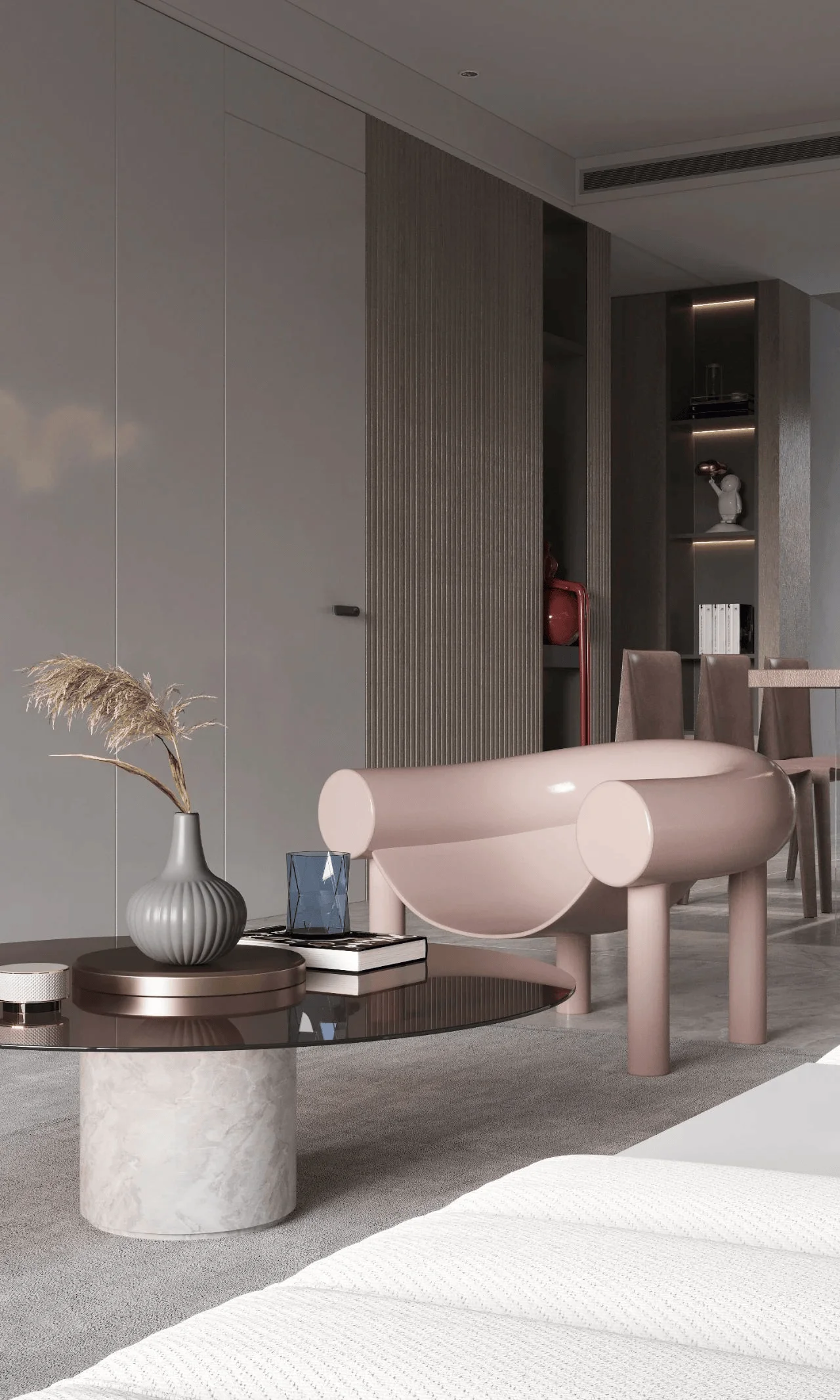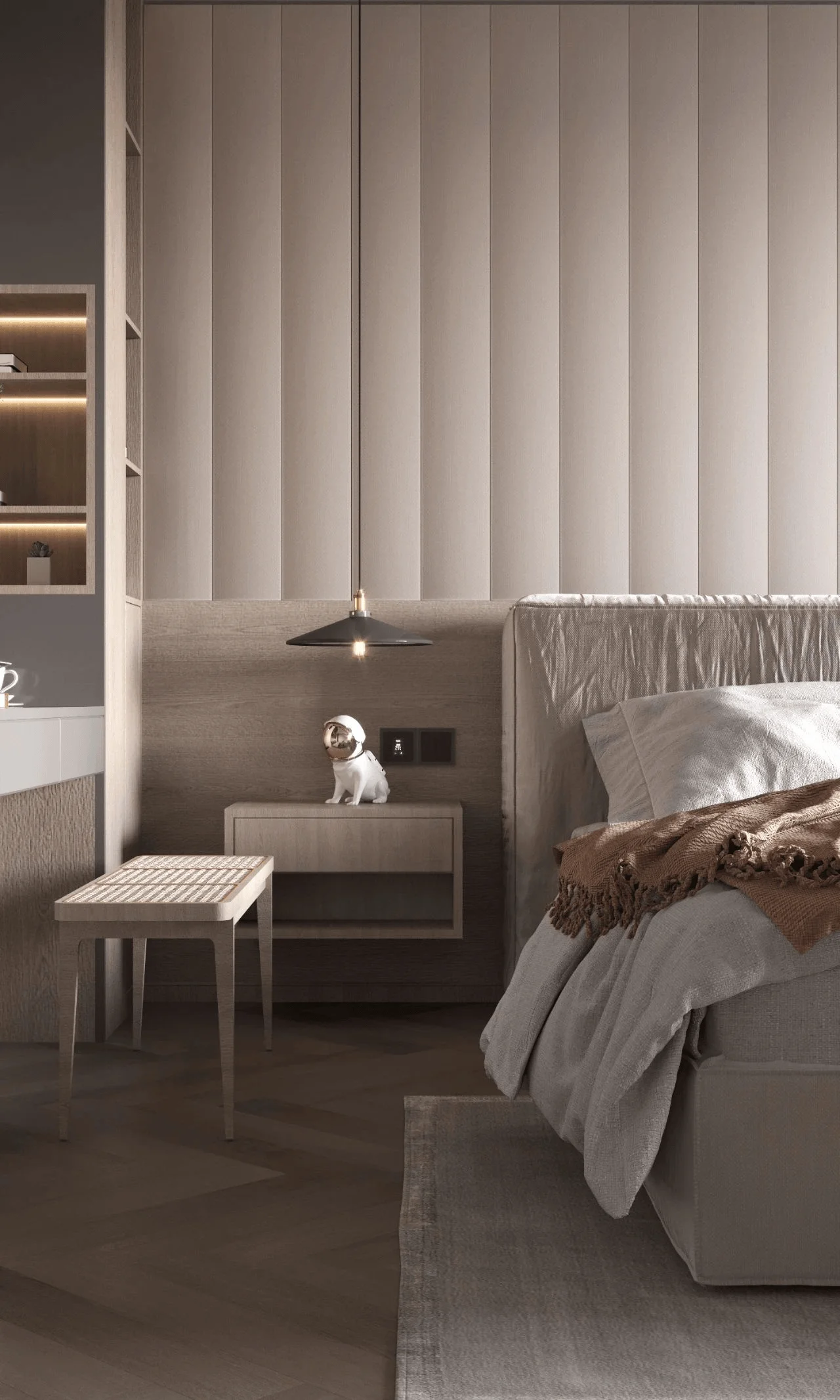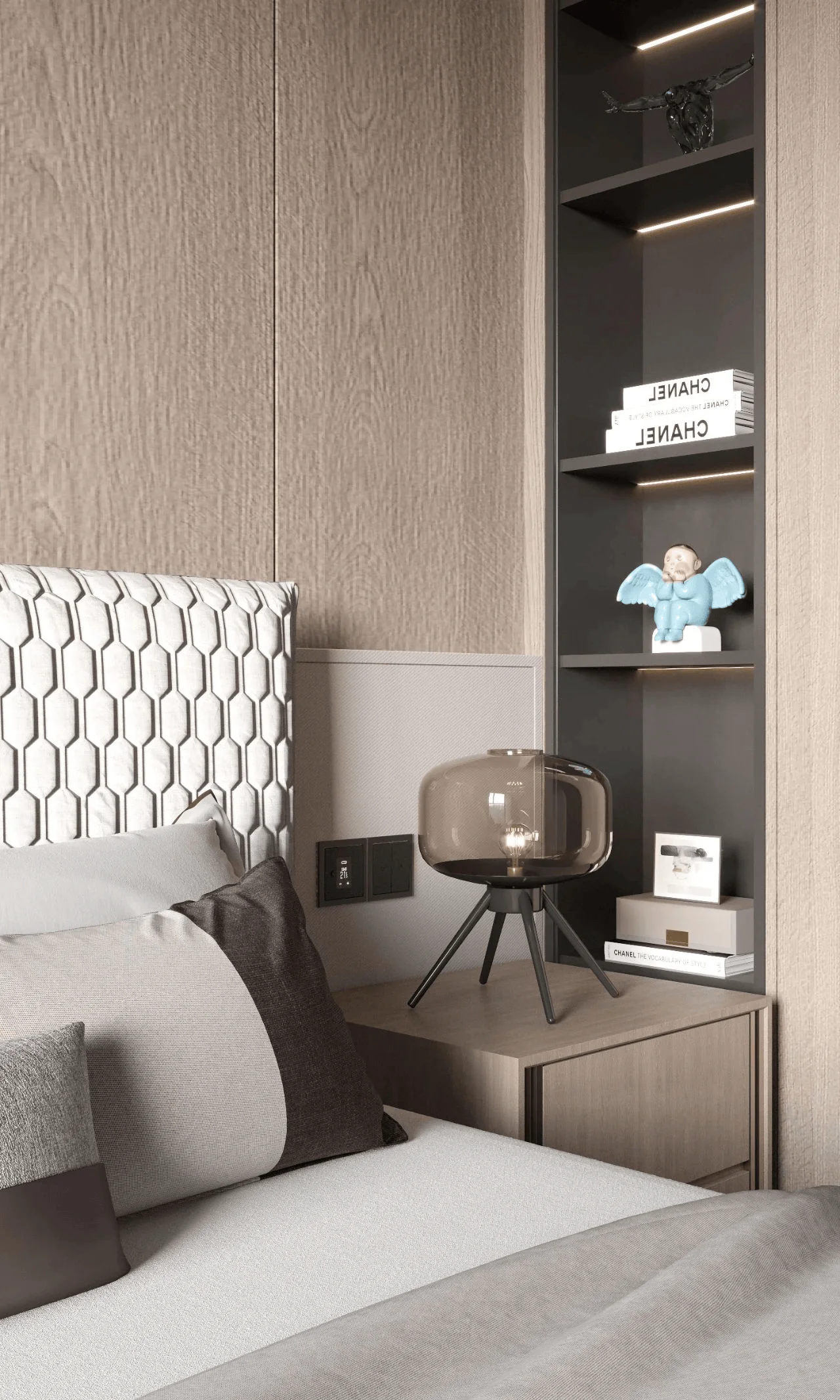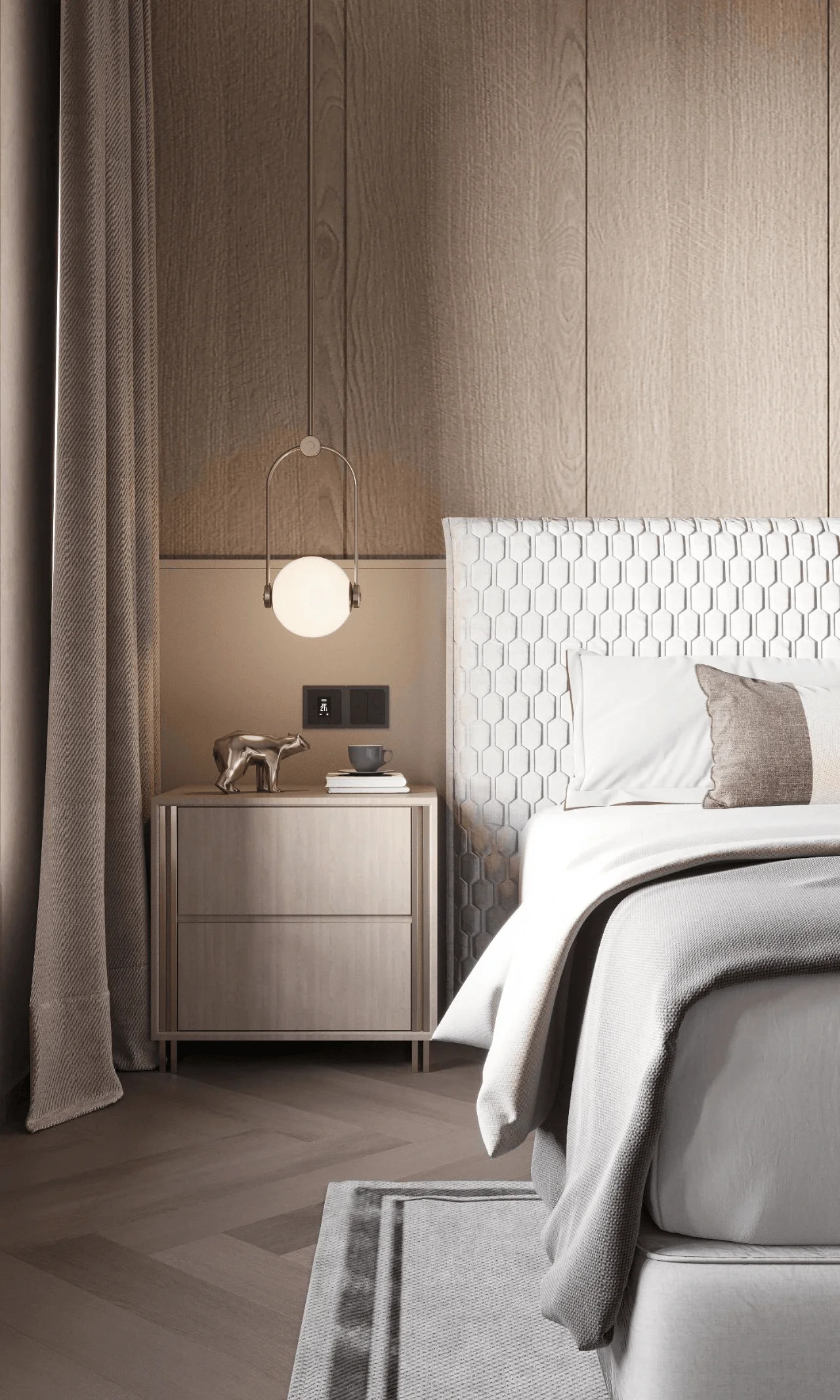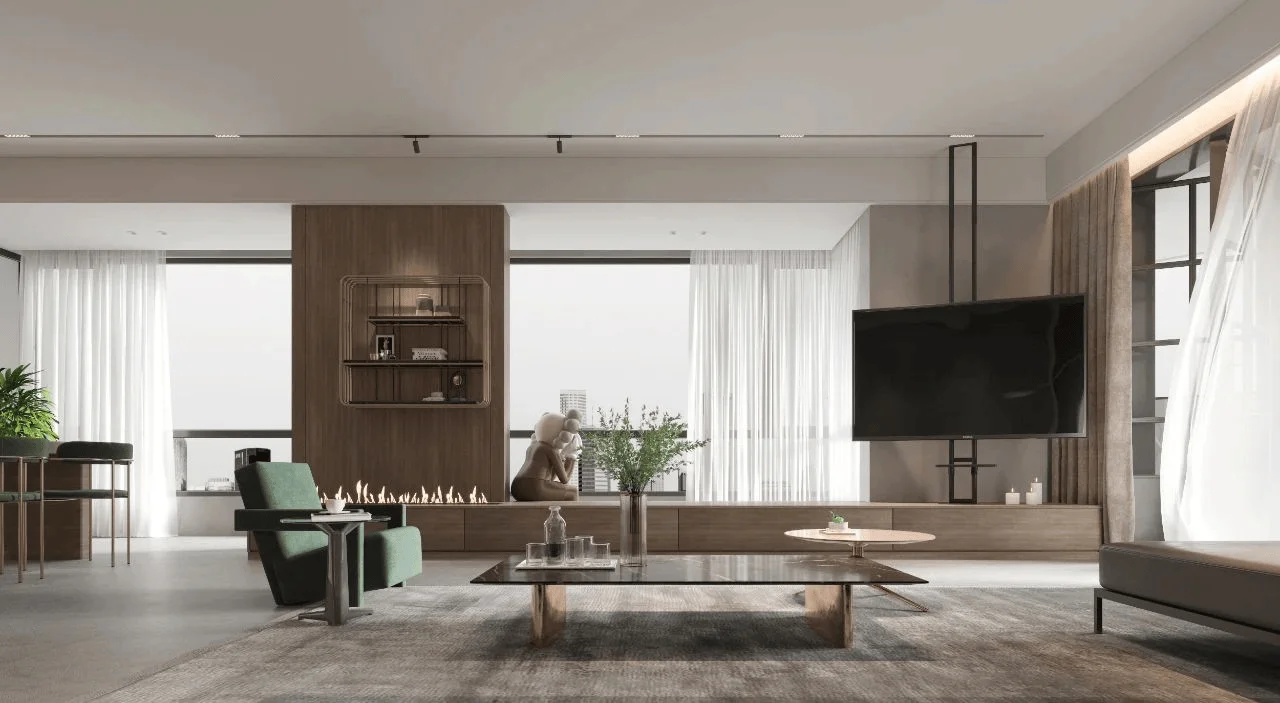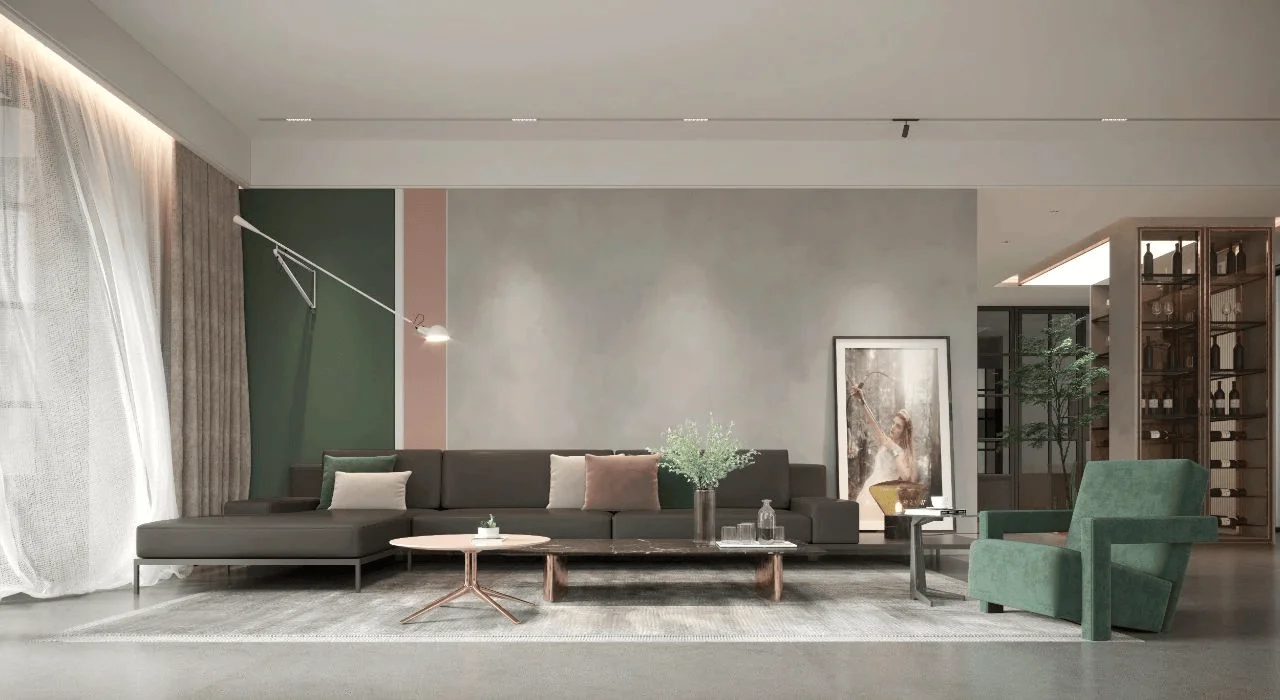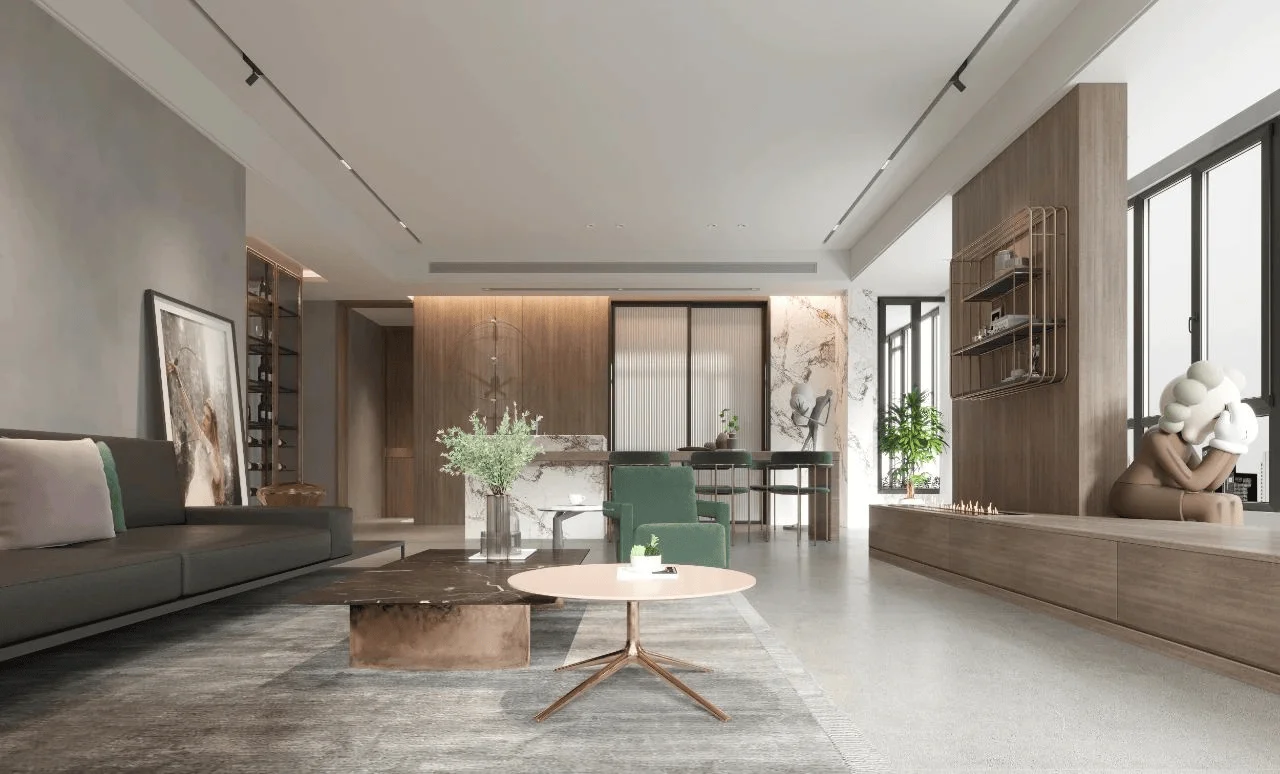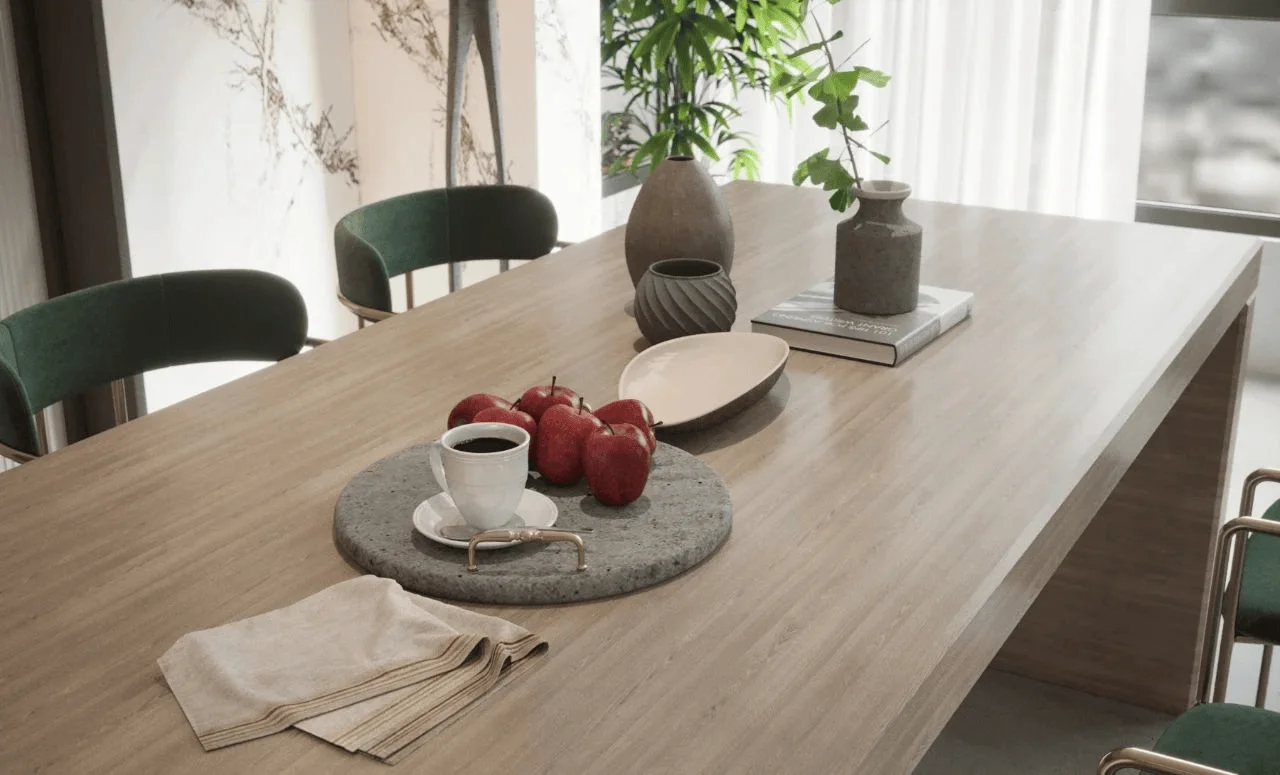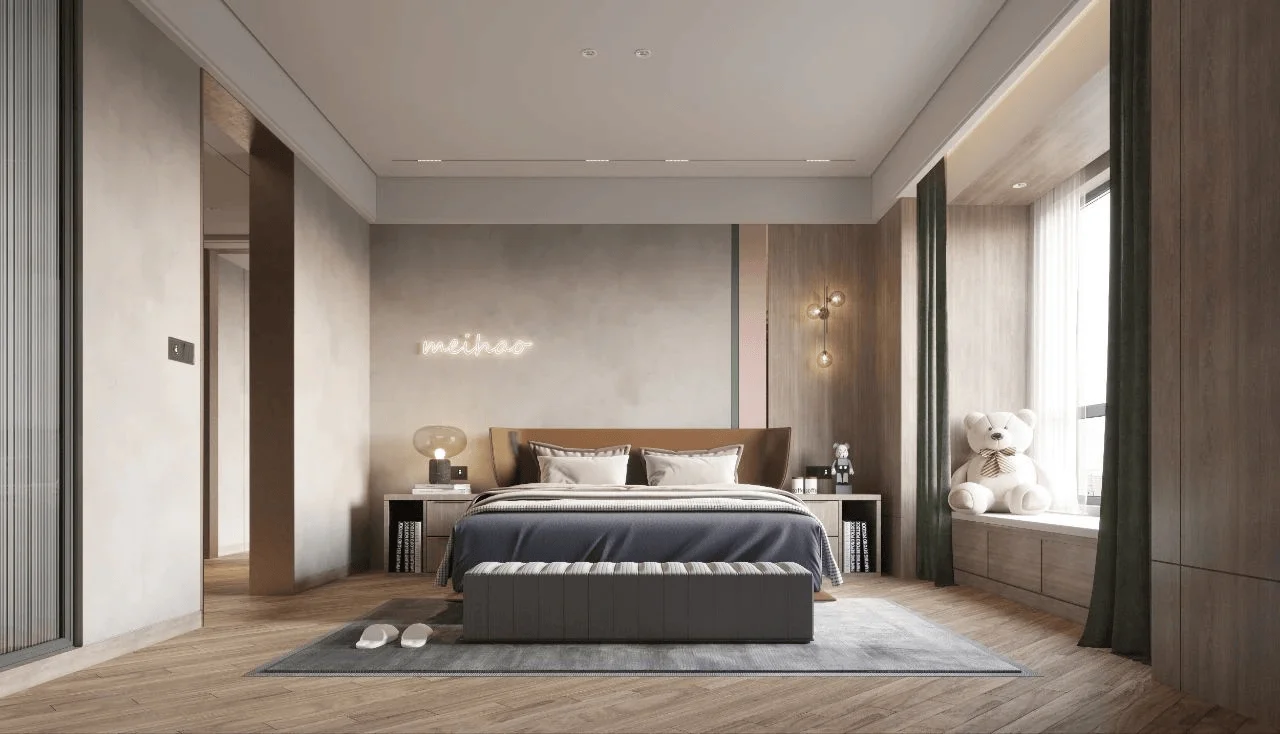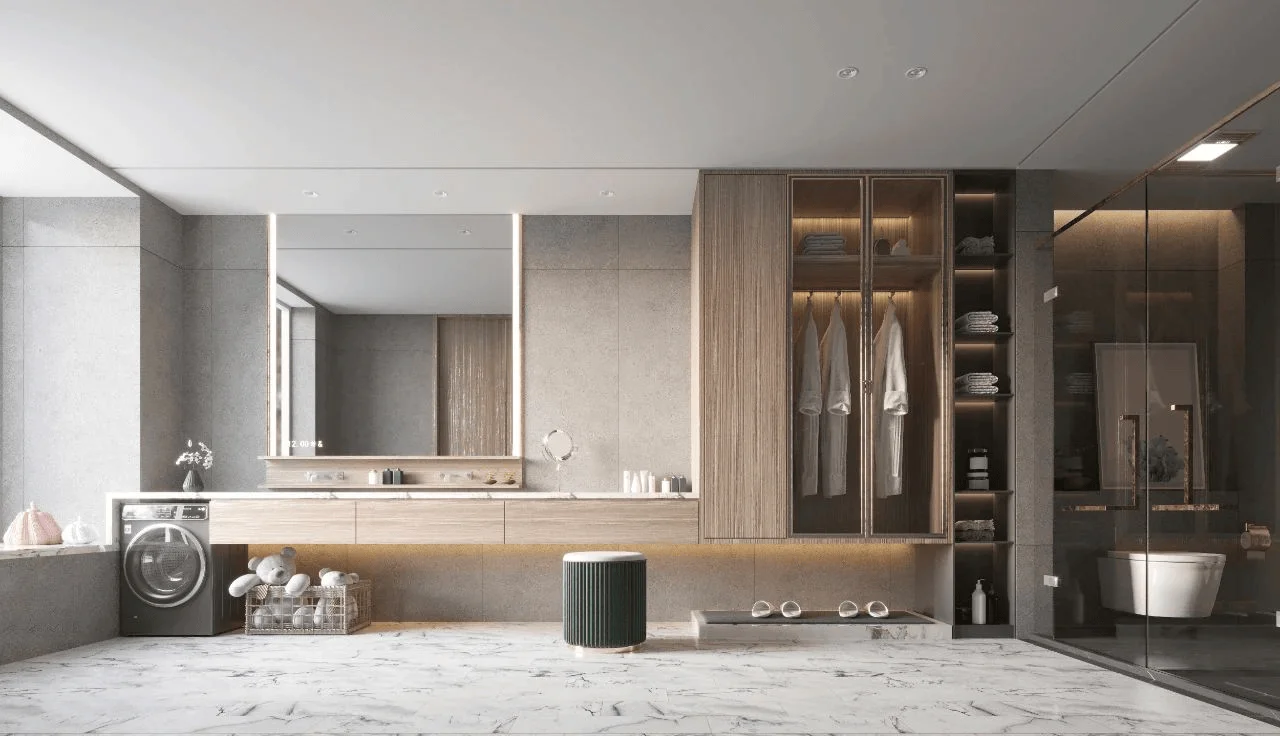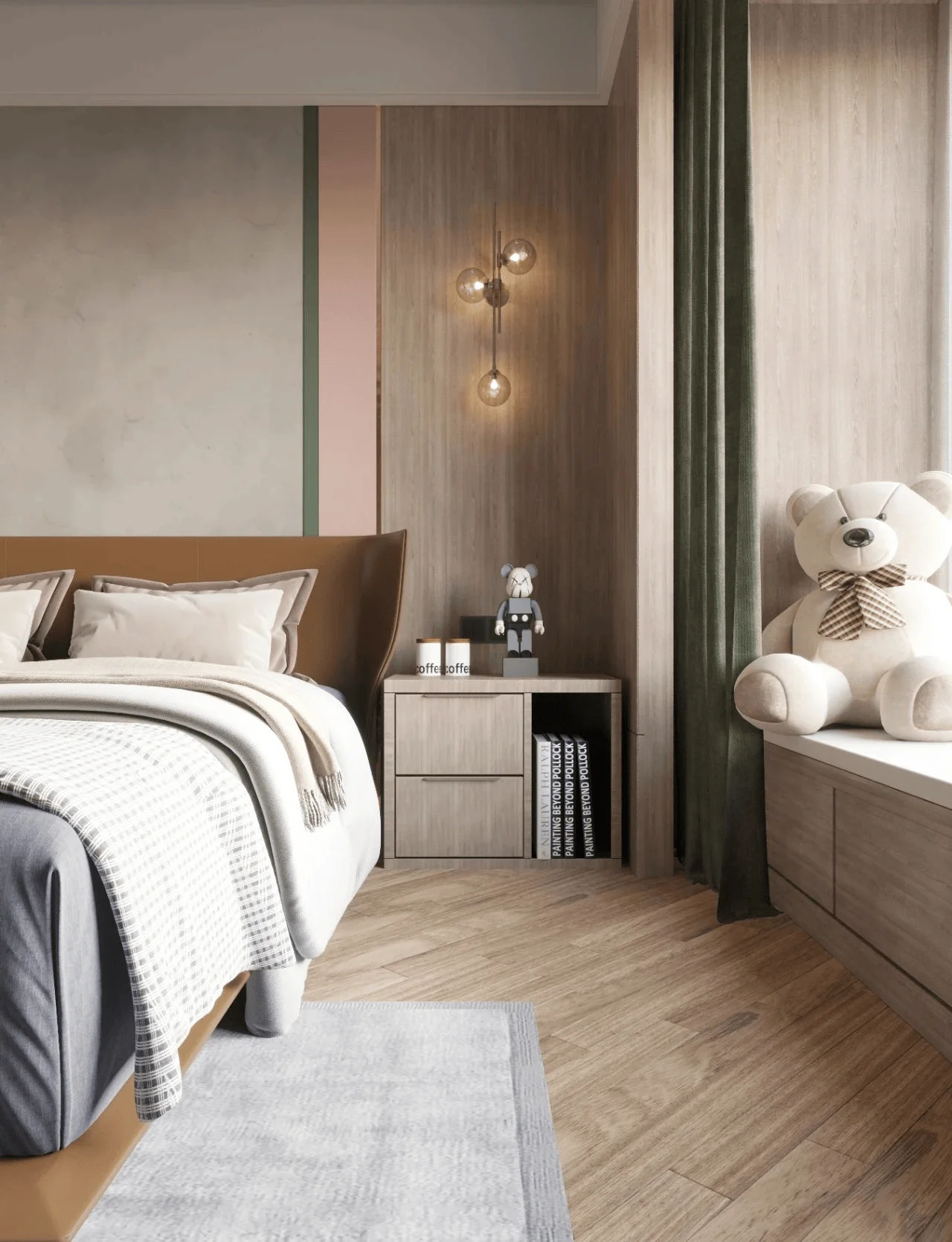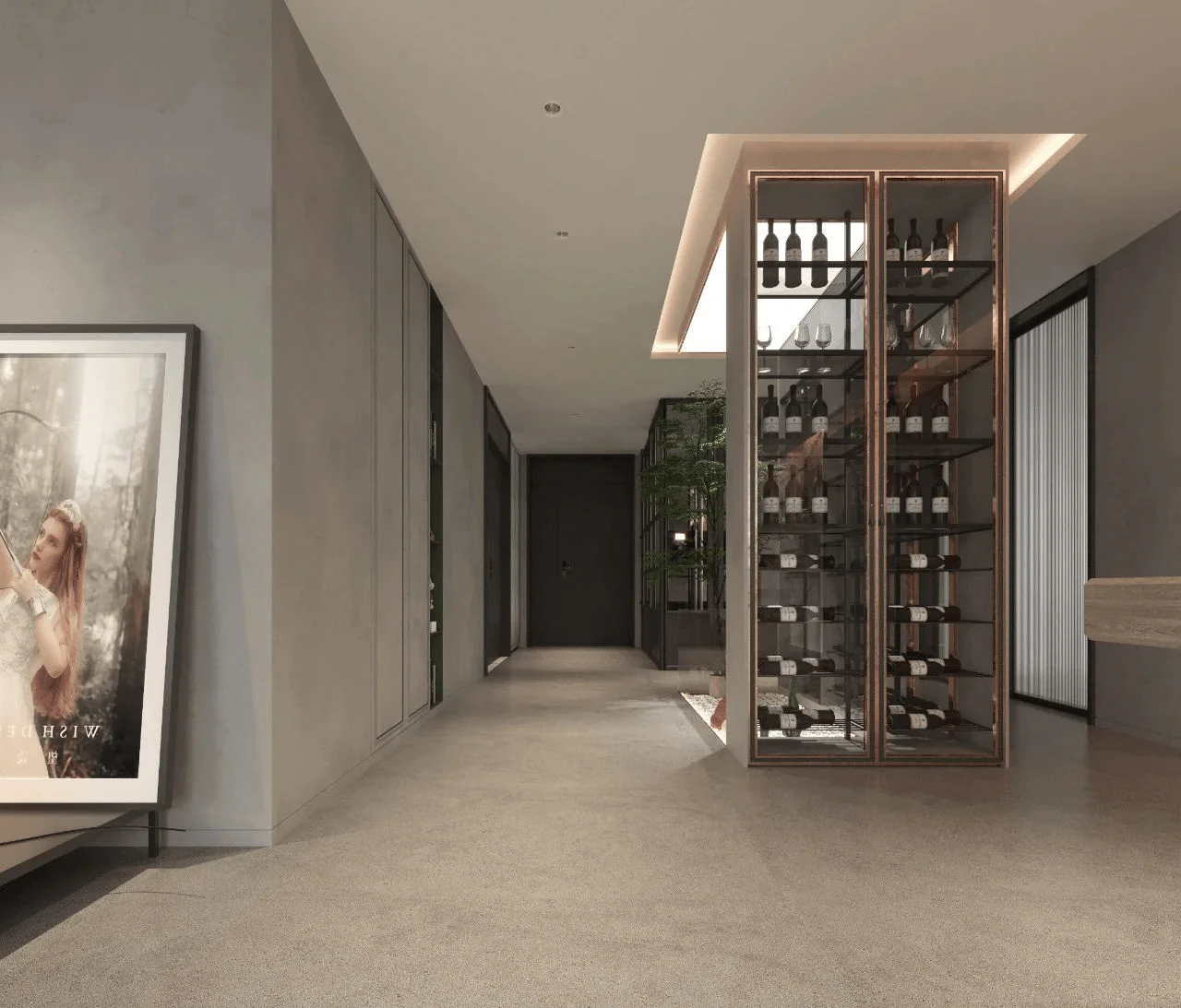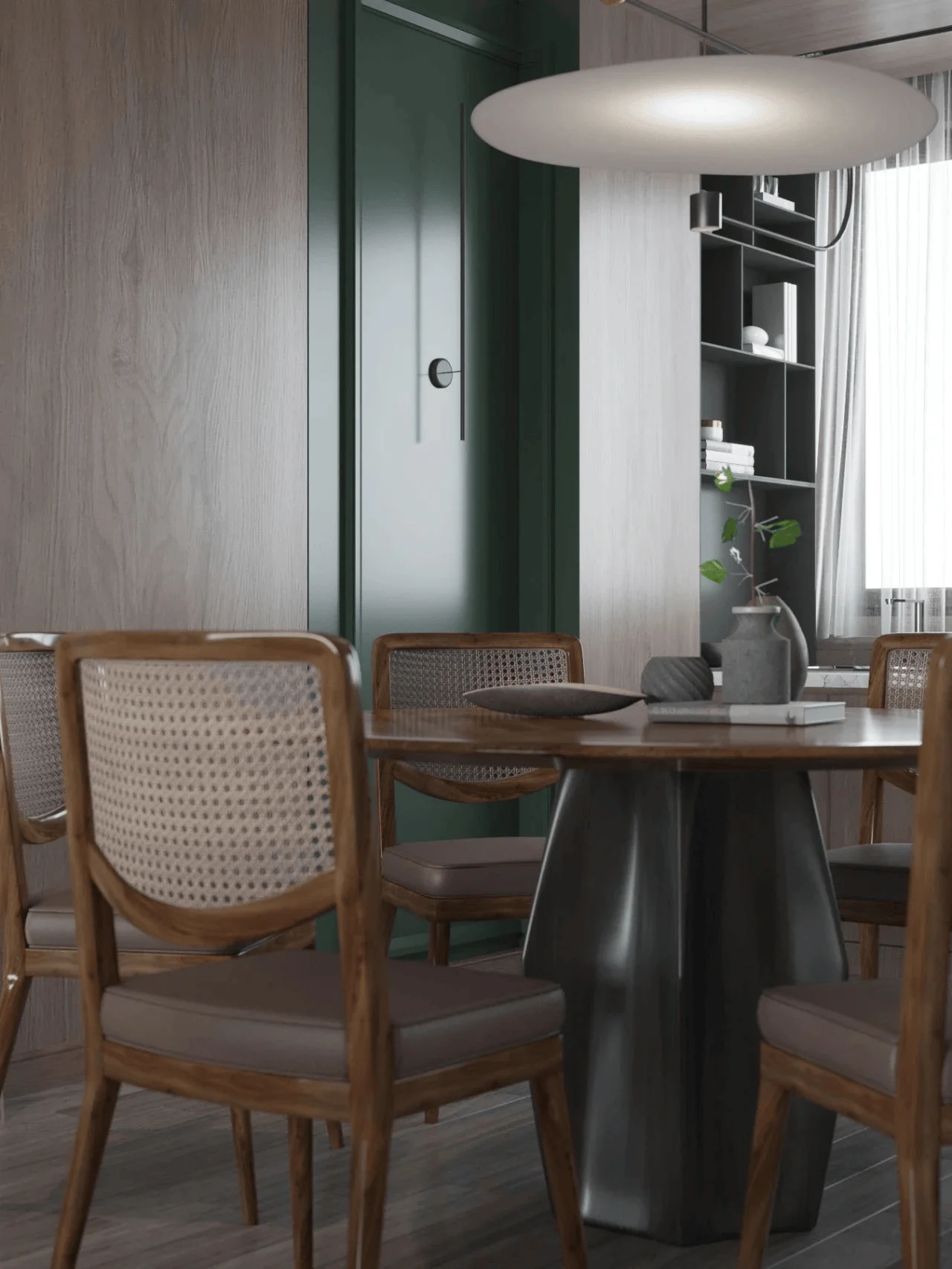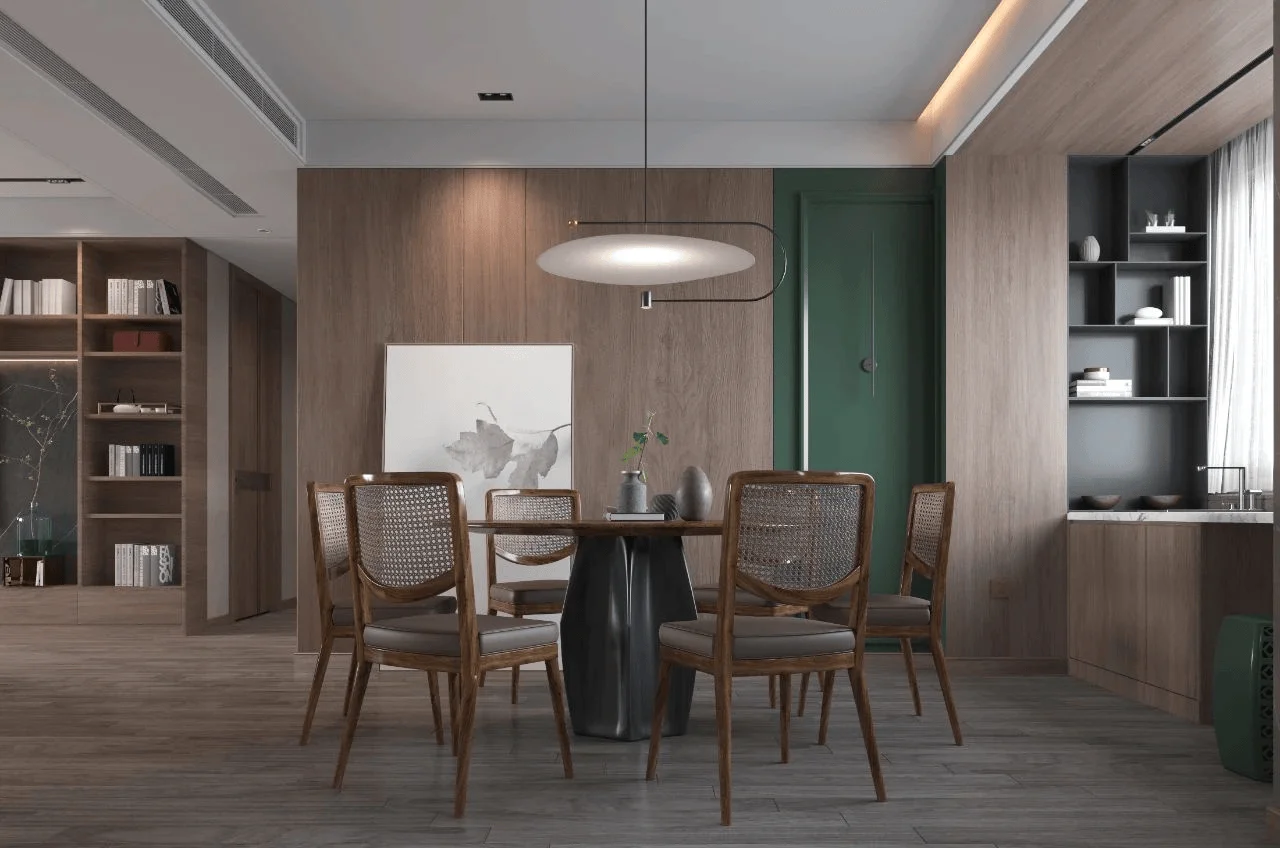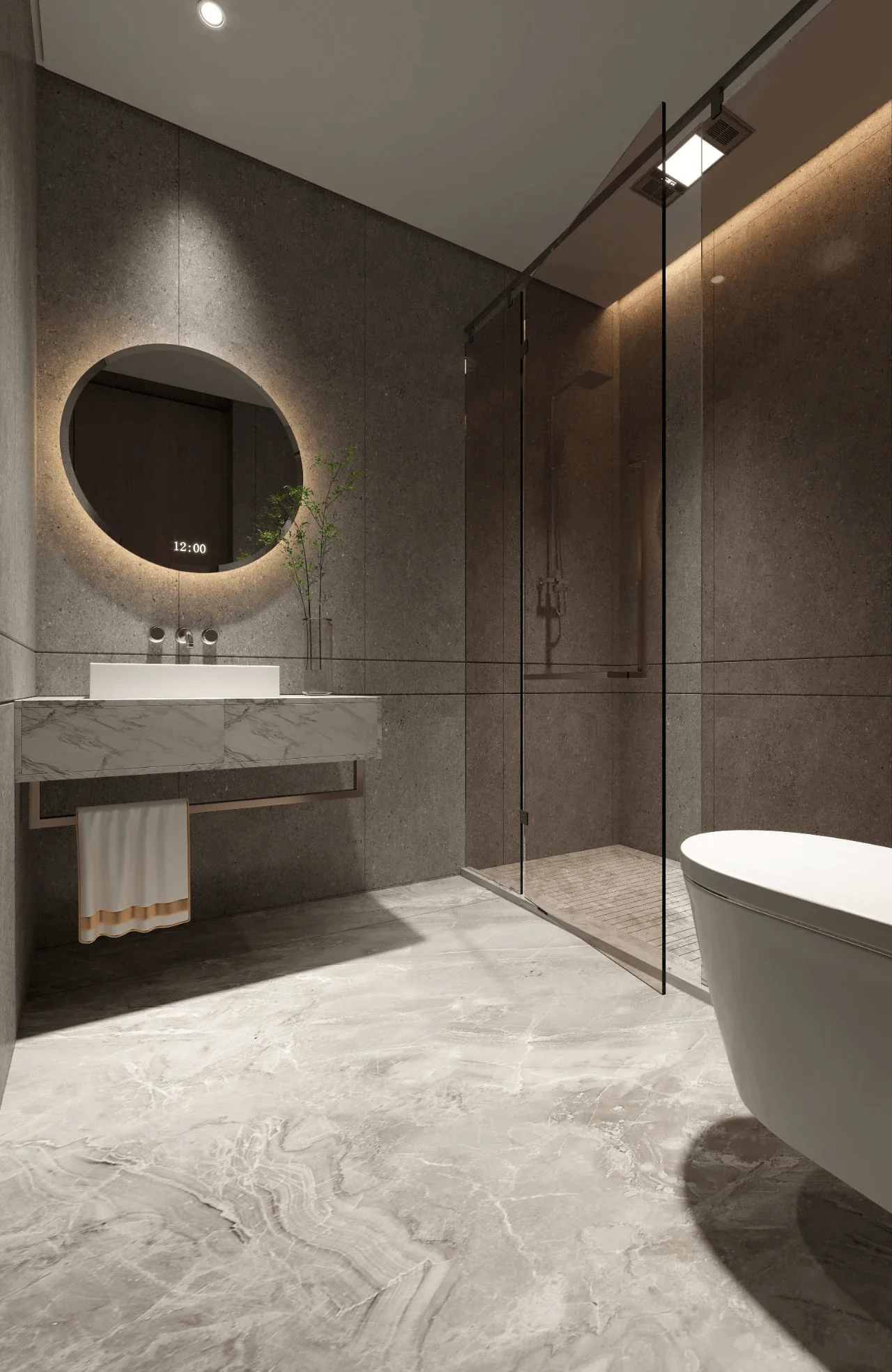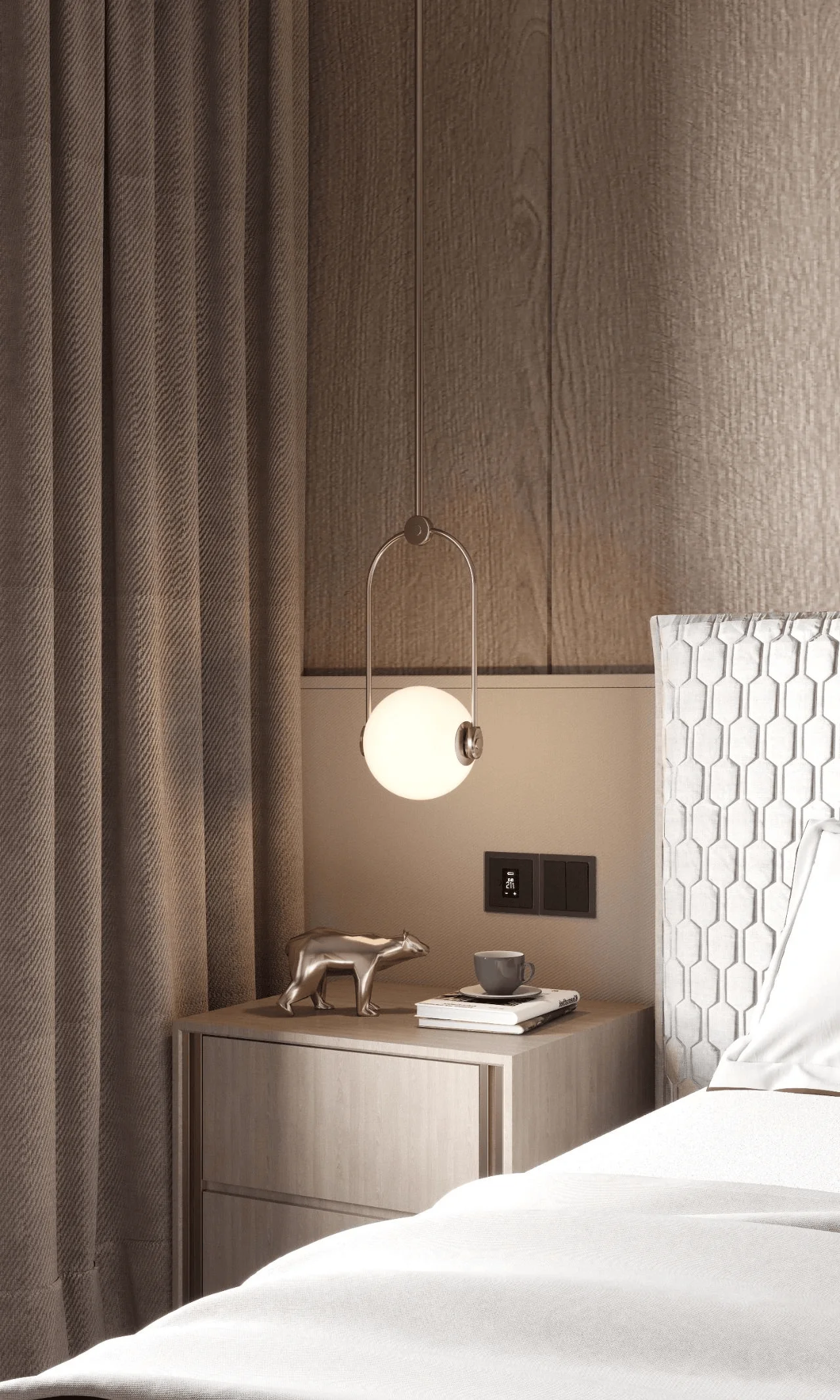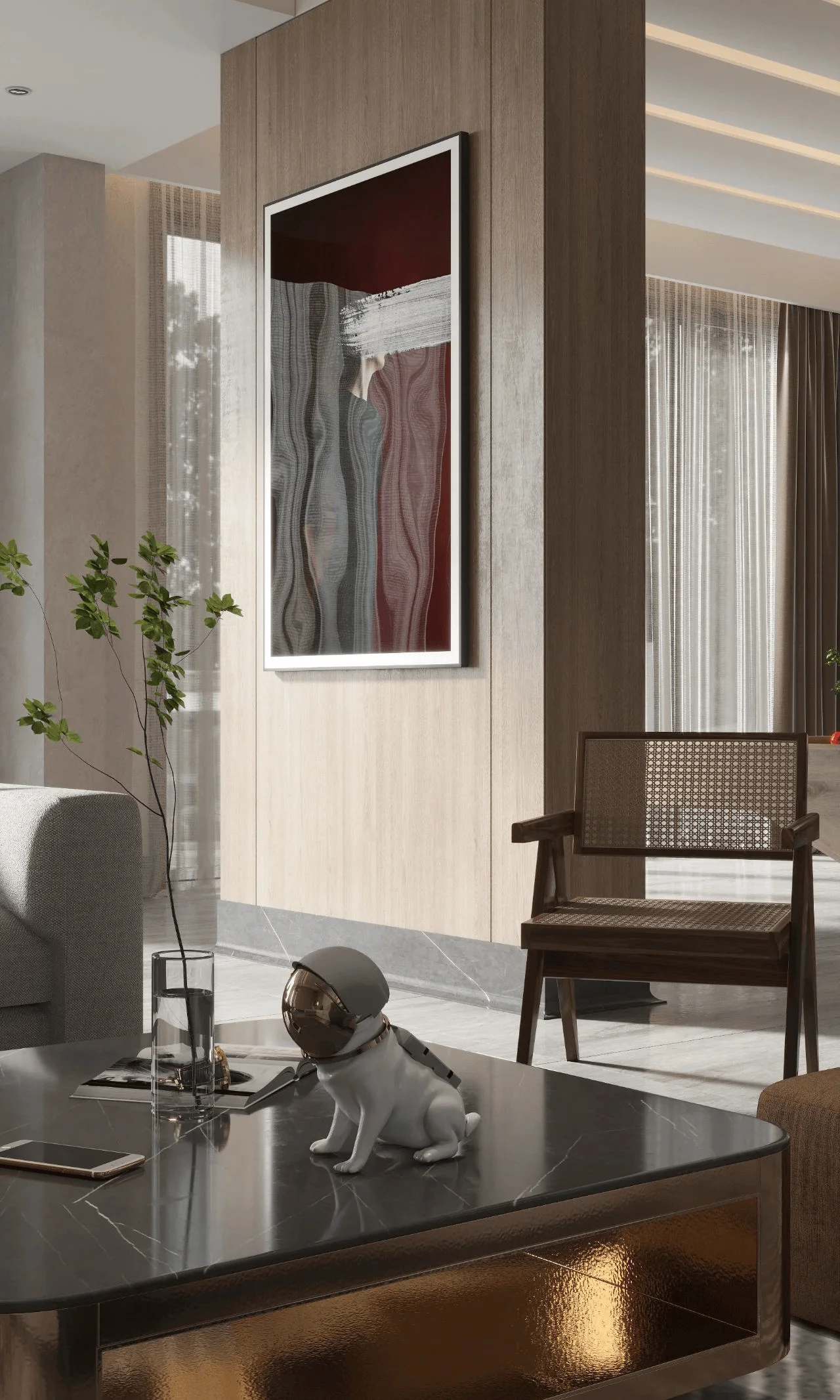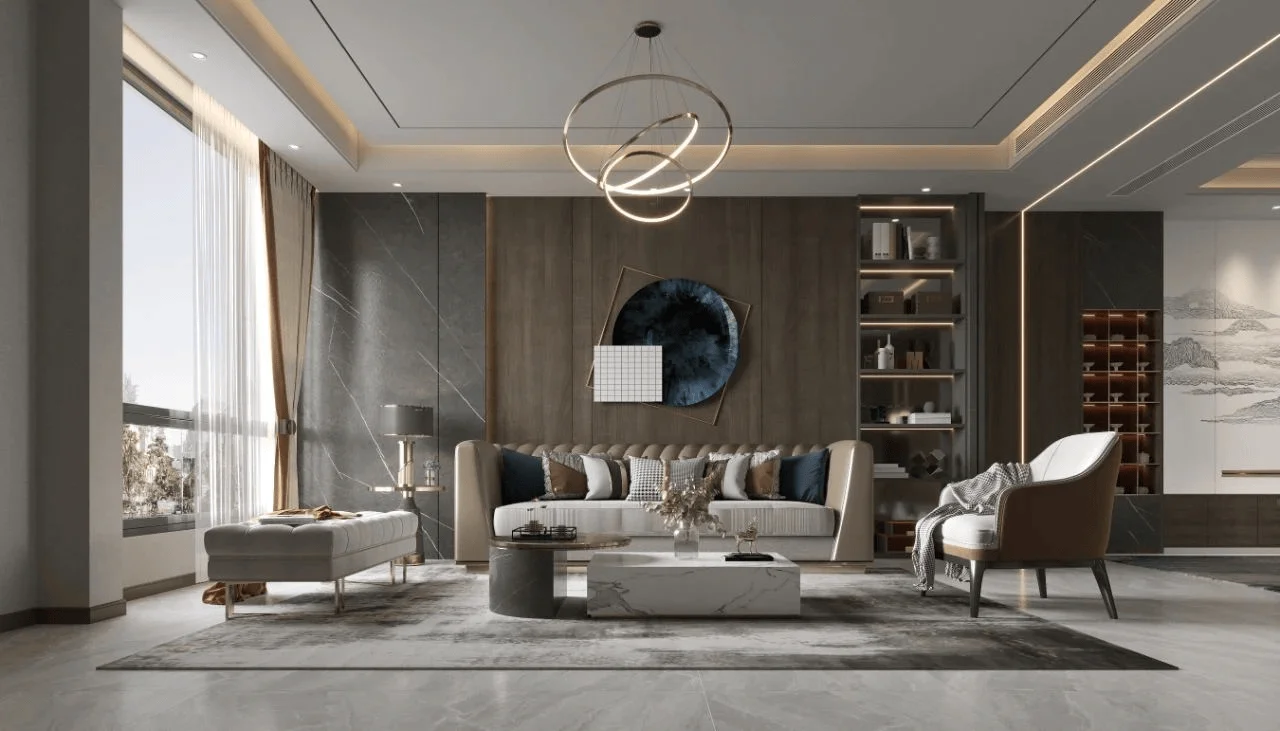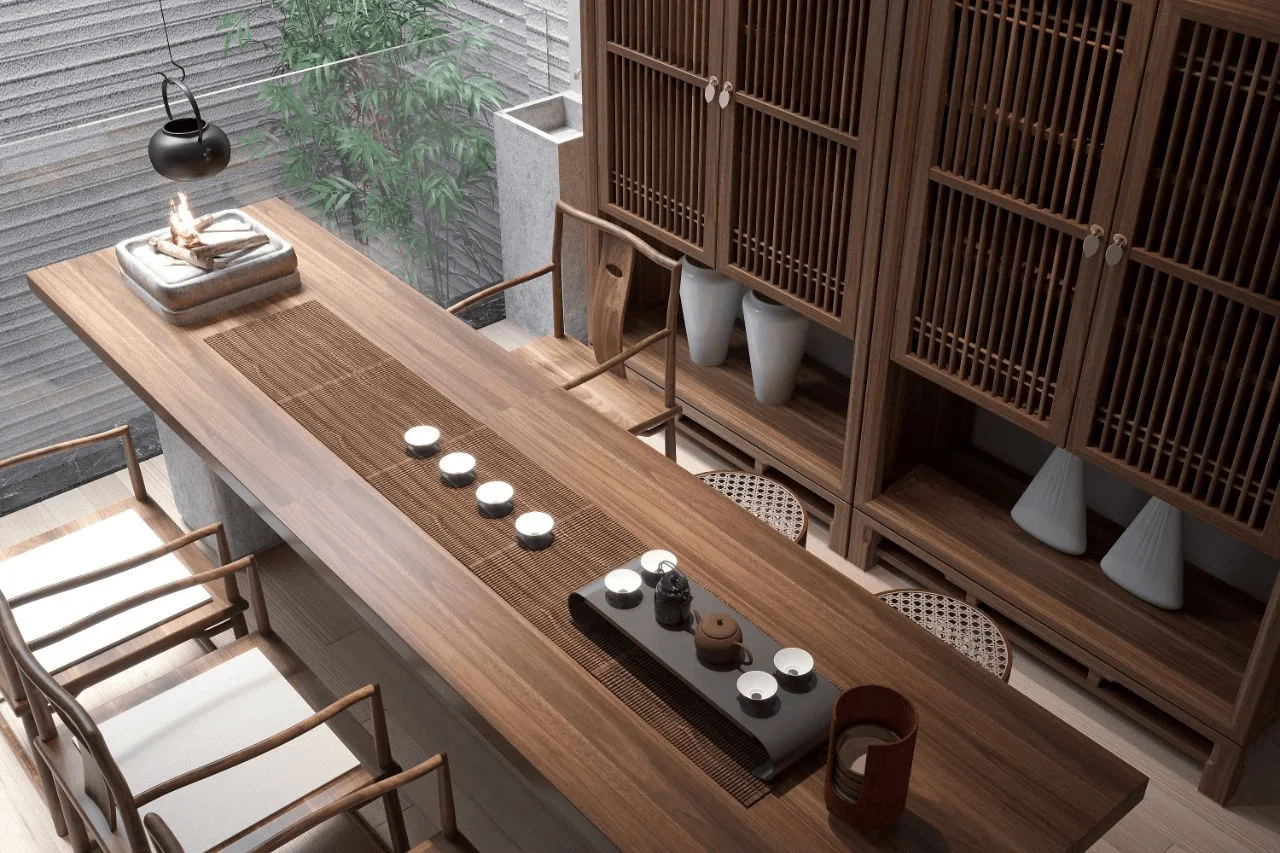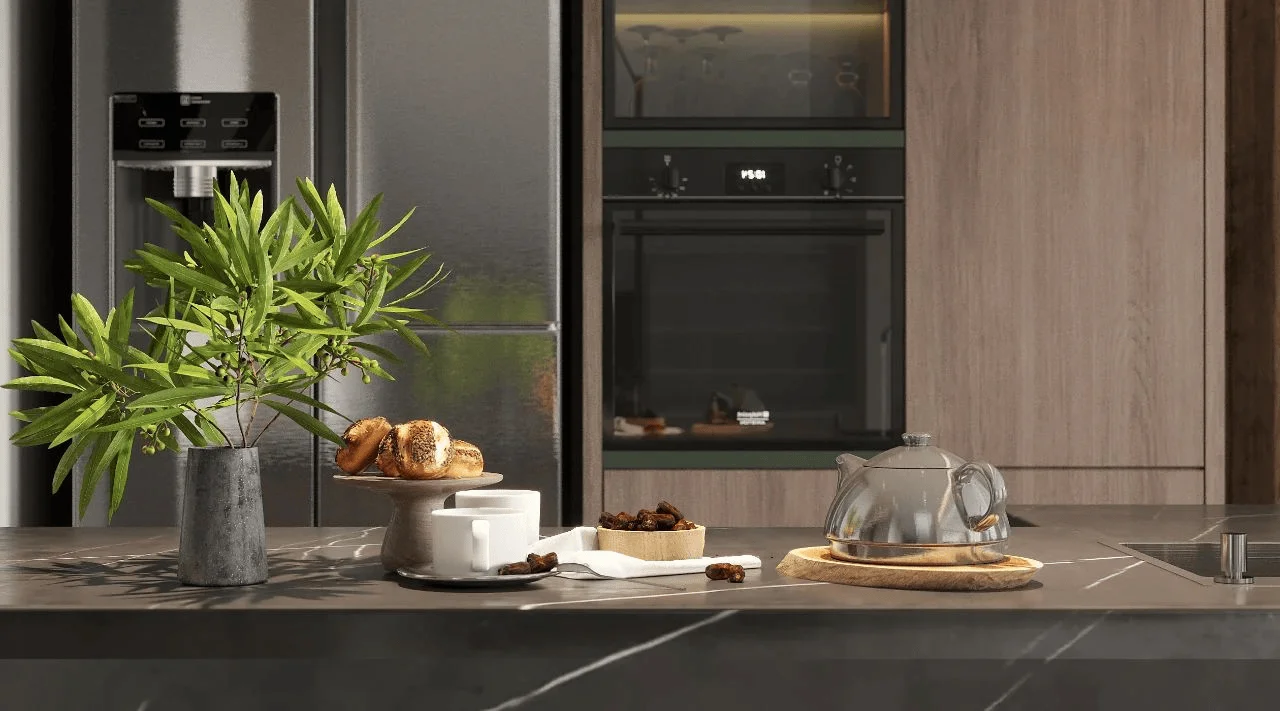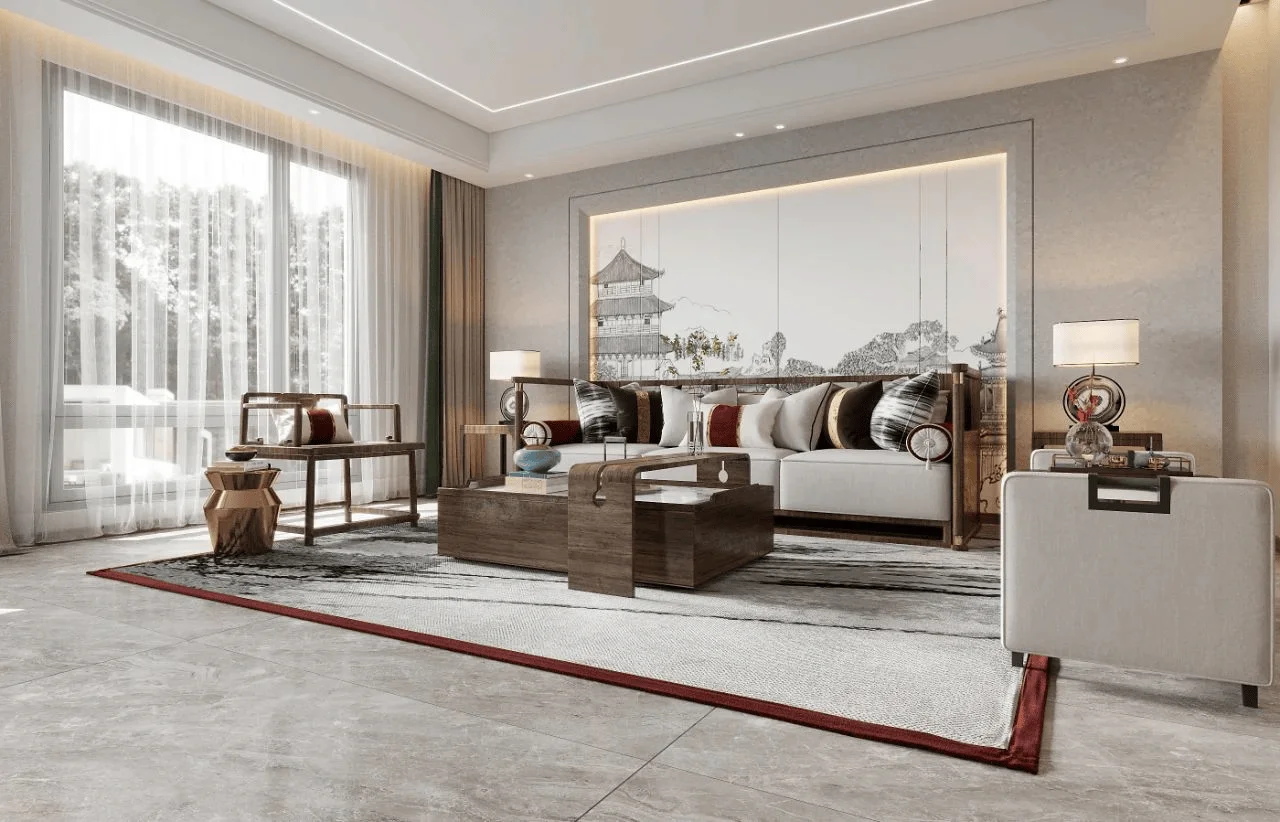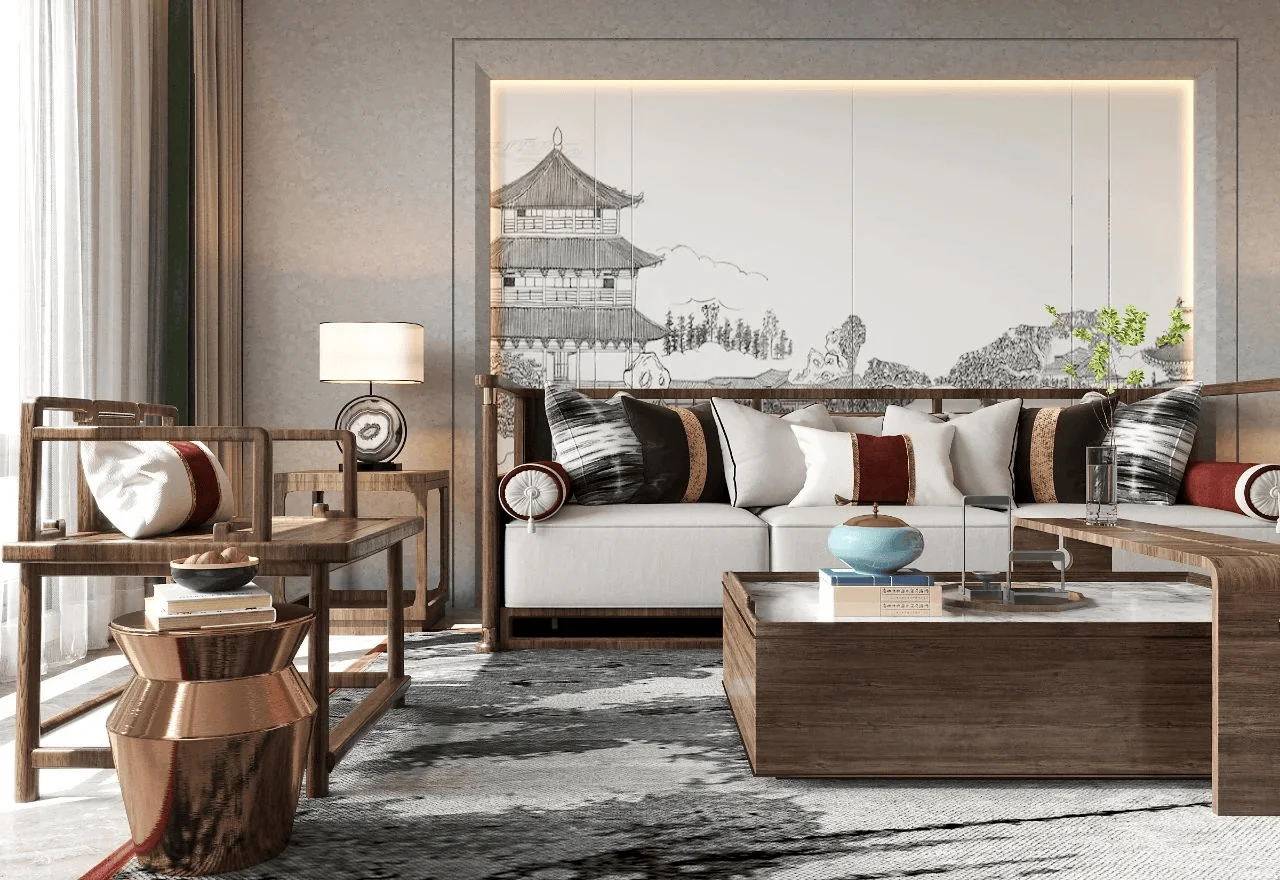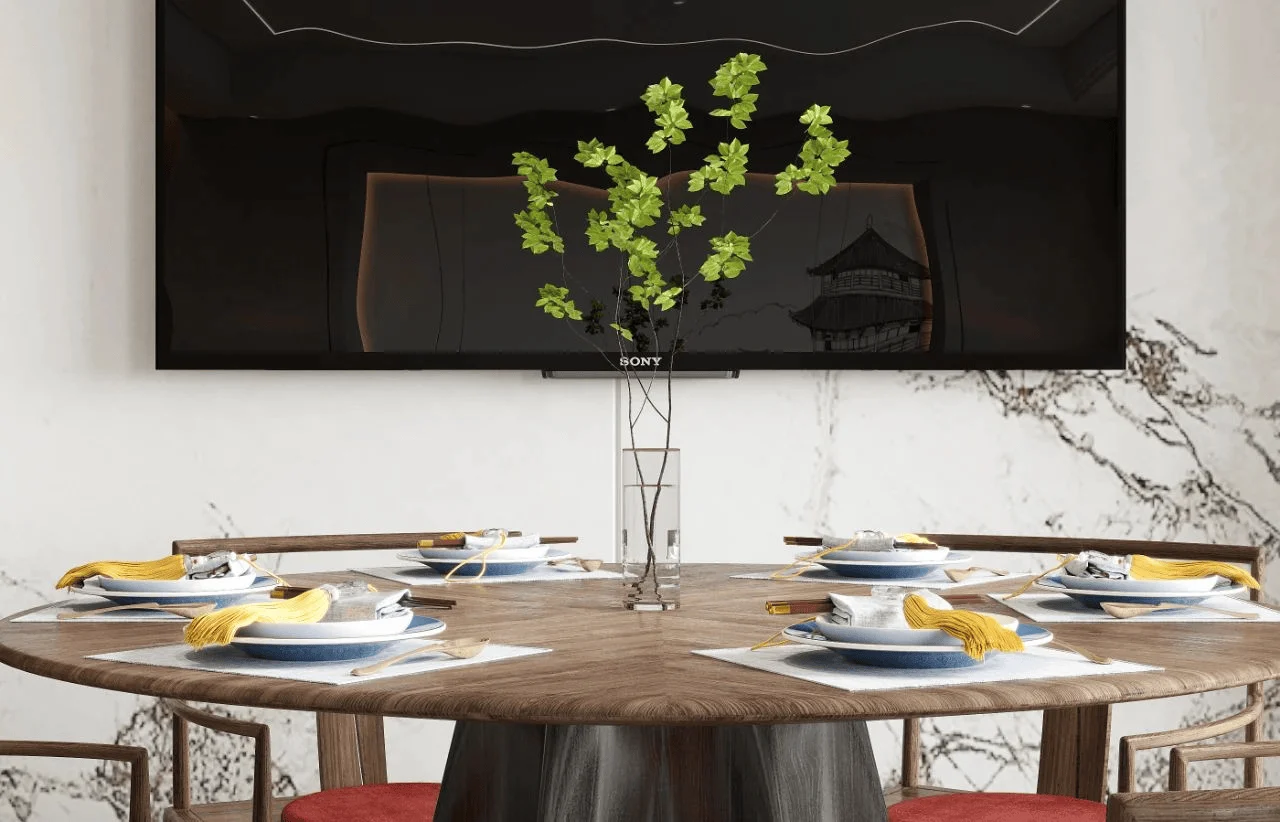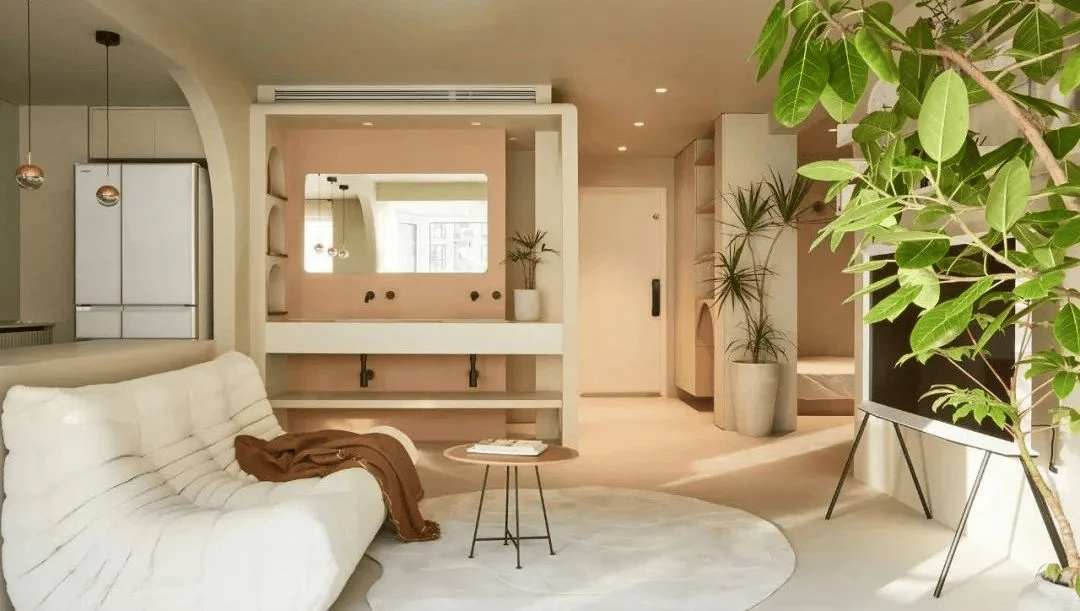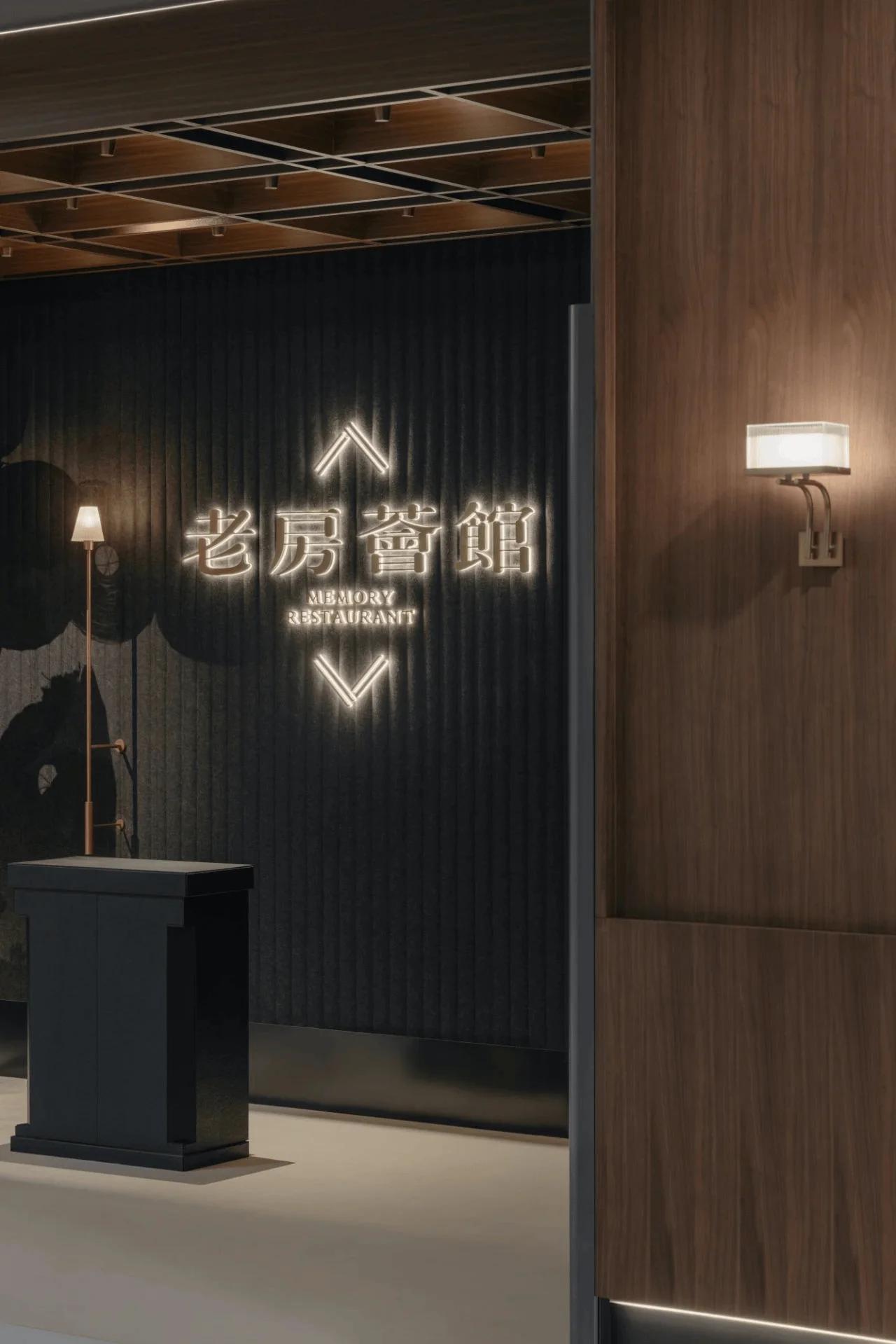The New Chinese style interior design seamlessly integrates traditional Chinese elements with modern aesthetics, creating a tranquil and harmonious living environment.
Contents
Background of New Chinese Style Interior Design
The New Chinese style interior design represents a contemporary interpretation of traditional Chinese aesthetics, characterized by a harmonious blend of classic elements and modern design principles. Rooted in the rich cultural heritage of China, this design approach seeks to create living spaces that evoke a sense of tranquility, elegance, and cultural continuity, all while embracing the functionality and comfort of modern living. The style is gaining prominence as homeowners increasingly seek to connect with their cultural roots while enjoying the benefits of contemporary design solutions. This resurgence of interest in traditional aesthetics, adapted for modern lifestyles, has positioned the New Chinese style as a leading trend in interior design, particularly within residential projects. The use of natural materials, clean lines, and understated tones, combined with carefully selected cultural elements, defines the New Chinese aesthetic, establishing a unique and visually appealing style that resonates with a growing audience.
Design Philosophy and Objectives
The core design philosophy of the New Chinese style revolves around the concept of “harmonious balance.” This balance manifests in the careful integration of opposing elements: tradition and modernity, simplicity and intricacy, nature and human intervention. The primary objective is to create living spaces that are not only visually appealing but also deeply resonant with cultural meaning and conducive to a sense of peace and well-being. Natural materials like wood, stone, and bamboo are favored for their inherent beauty and ability to create a calming atmosphere. Understated color palettes, often dominated by earth tones and neutral hues, further contribute to the sense of tranquility. The design also prioritizes functionality and practicality, ensuring that the spaces are well-suited to the demands of modern life while maintaining a strong connection to traditional Chinese values and aesthetics.
Layout and Spatial Planning in New Chinese Style
Spatial planning in New Chinese style interior design emphasizes openness and fluidity. Clean lines, minimal ornamentation, and a focus on natural light create a sense of spaciousness and airiness. The layout often incorporates elements of traditional Chinese courtyard houses, where interconnected rooms flow seamlessly into one another, blurring the boundaries between indoor and outdoor spaces. The design promotes a sense of visual continuity, allowing the eye to travel effortlessly through the space. Careful consideration is given to the placement of furniture and decorative elements to ensure a balanced and harmonious composition. The incorporation of screens, partitions, and strategically placed plants can further enhance the sense of layering and depth within the space, creating a dynamic and engaging environment.
Incorporating Traditional Cultural Elements
The incorporation of traditional cultural elements is a defining feature of New Chinese style interior design. These elements can range from subtle accents to more prominent features, depending on the desired level of cultural expression. Landscape paintings, calligraphy scrolls, and porcelain pieces are often used to introduce a touch of traditional artistry into the space. These elements not only add visual interest but also serve as reminders of China’s rich artistic and philosophical heritage. Modern design techniques are employed to seamlessly integrate these traditional elements into the contemporary setting, preventing the space from feeling overly antiquated or cluttered. The selection and placement of these cultural accents are carefully considered to ensure they complement the overall design scheme and contribute to the desired atmosphere of tranquility and cultural richness.
Project Information:
Project Type: Residential Interior Design
Architect: Unknown
Area: Not specified
Project Year: Not specified
Project Location: China
Main Materials: Solid wood, stone, bamboo
Photographer: Not specified


